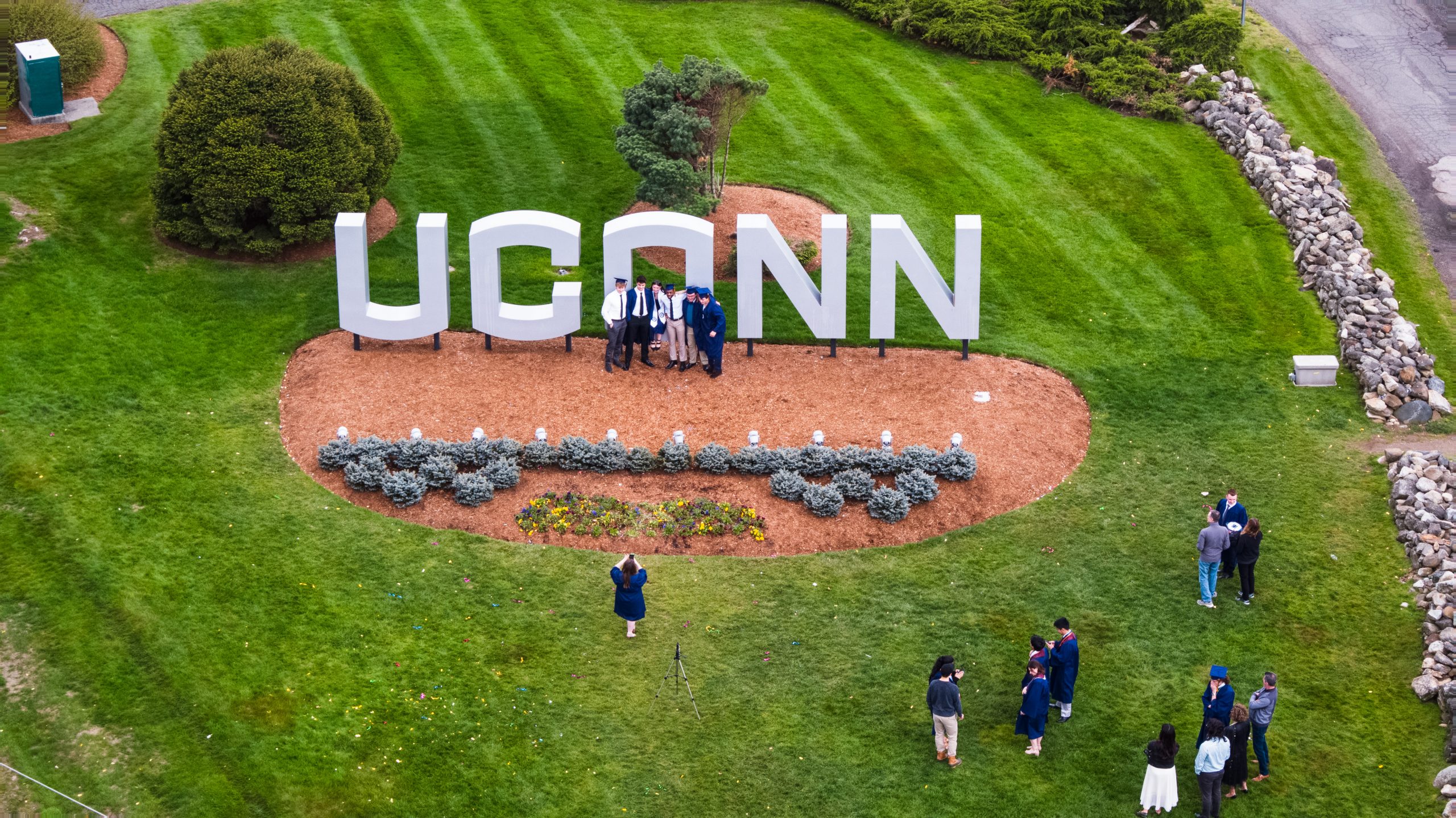The University of Connecticut this week will host the inaugural Sen. Joseph I. Lieberman Conference on Human Rights Practice, bringing together human rights scholars and practitioners from around the world at UConn’s Stamford campus to discuss the challenges and opportunities of monitoring human rights abuses in conflict zones around the globe.
As part of the conference – scheduled for March 27 – three panels of experts will examine and debate the current methods and technologies used to investigate and monitor human rights violations in conflict-ridden environments. Molly Land, an international law and human rights scholar who joined the UConn Law faculty in 2013, will participate as a panelist.
Land’s research focuses on the effect of new technologies on human rights fact-finding, advocacy, and enforcement. Her current work explores the extent to which human rights law can provide a foundation for claims of access to the Internet. UConn Today asked her to share her insights on the theme of the conference, the challenges and opportunities of monitoring human rights abuses in conflict zones.

How has monitoring conflict situations changed over time?
One of the most dramatic changes in monitoring conflict situations has been the way in which technologies such as mobile phones and social media are empowering ordinary citizens to report on events around them. New technologies and information-gathering techniques have the potential to destabilize traditional models of human rights fact-finding by opening up who can participate in the process of fact-gathering.
Yet citizen reporting on human rights issues brings challenges as well as opportunities. Concerns about victim and witness security require us to think carefully about the involvement of bystanders in conflict reporting.
A second significant set of developments relates to changes in the media environment in which journalists operate. Faced with shrinking budgets, many journalists are turning to new media as both a source of information and a channel of communication. The conference will consider each of these new developments and how they affect reporting on human rights during conflict.
Can you tell us a little about how increased access to mobile devices and the widespread use of social and online media are changing human rights practice?
New technologies are changing human rights practice by empowering those who were formerly the ‘subjects’ of human rights investigations to be ‘agents’ engaged in the process of monitoring their own environments. Today, widely available technologies allow information to be captured and stored in digital form, and online platforms allow individuals to then share this digital information without the need for any intermediation. This means that ordinary individuals can play – and are playing – an important part in collecting and disseminating information about human rights issues.
Some of the earliest photos of the 2006 coup in Thailand, for example, were taken and posted online by a college student who just happened to be in the right place at the right time. Technology savvy social entrepreneurs are launching election monitoring projects with nothing more than a server, a good database, and the willingness of unknown volunteers to send information via text message. Ordinary individuals post thousands of videos of human rights abuses to the human rights channel on YouTube.
Bystander reporting is also increasingly an important source of information for established international and domestic human rights organizations. The challenge for human rights organizations is evaluating the credibility and reliability of information generated through non-traditional sources so that this information can be used to further support their work.
Your panel will discuss whether monitoring supplies the kind of information that can provide a basis for an appropriate response to conflict. What are some of the challenges of transforming information into action?
In many instances, the failure to respond to conflicts and humanitarian crises around the world is not due to a lack of information but a lack of political will. In some instances, there can of course be information deficits, particularly when the conflict occurs in remote or isolated regions. Often, however, we have more than enough information about what is happening and the impact that these events are having on human rights, but the information is not translated into effective action.
In some instances, it is simply a failure of political will, but in others, it may be a problem of timing or identifying the appropriate decision-maker. In Syria, for example, the issue is not a lack of information but the absence of proposals offering the possibility of an effective response to the situation.
Technology also poses the risk of exacerbating the problem if new approaches to monitoring end up triggering information overload. The panel I will be moderating at the conference will bring together three high level decision-makers to consider why information is not translated into action more frequently, what can be done to address those barriers, and ways to make monitoring more effective.
Sen. Lieberman has described human rights as a national responsibility for the United States. Can technology play a role in fulfilling that responsibility?
One of the things I hope the conversations at the conference will convey is that technology is a tool, not a solution. New technologies can be employed in ways that can increase our understanding of the protection of human rights during conflict, but they can also have unintended side effects of their own. Further, there is no guarantee that information, once gathered, will be acted on.
That said, there is an important role for technology to play in the promotion and protection of human rights. Our policies both at home and abroad can promote the use of technology to foster human rights if we avoid seeing technology as a quick fix and focus instead on ensuring that tools are available and secure if and when citizens and advocates seek to employ them to investigate human rights violations and work toward greater accountability.



